EU projects reveal need for new safety measures
The results of the European Union’s HyResponder and HyTunnel-CS projects have been awaited with great anticipation. Numerous experts from industry, the fire service and research institutes been involved in these initiatives over the past few years, tasked with tackling the issue of fires and accidents connected with hydrogen applications. Now the International Fire Academy, the IFA, writes: “Hydrogen vehicles in tunnels: great danger for emergency response personnel.”
The publication of Germany’s national hydrogen strategy saw the German government set out a framework for action for the future production, transport, use and reutilization of hydrogen and related innovations. Hydrogen can make a significant contribution to mitigating climate change – as a fuel for cars, a feedstock for industry or a fuel for heating systems. A multifaceted energy carrier, it can be applied across all sectors and therefore has a key role to play in the energy transition.
In power-to-gas plants, a carbon-neutral process is employed to produce green hydrogen using renewable energy, allowing this energy to be stored effectively in the gas grid and carried onward. Hence its proponents are suitably upbeat about the technology.
However, hydrogen is – as a quick glance at the safety data sheet will tell you – a highly flammable gas and one which is now being stored and transported with increasing frequency and in ever-larger quantities. This poses a challenge for fire services and public authorities when handling approvals procedures and inevitably when responding to emergency situations, as the following call-out examples show:
- Truck catches fire at a hydrogen refueling station
- Two persons seriously injured following a hydrogen tank explosion
- Hydrogen refueling station exploded
- Difficult salvage operation – accident with “hydrogen vehicle”
Fire services are well used to dealing with traditional fuels such as gasoline and diesel on their rescue missions. Alternative fuels like liquefied natural gas, better known as LNG, or hydrogen have so far played only a very minor role, which is why emergency crews have fairly limited experience of them.
Now the energy transition is starting to gain momentum. Due to the conflict in Ukraine, the demand for LNG and hydrogen has risen sharply. In addition, natural gas grids are expected to convey hydrogen in the future, initially in blended form. A great deal of technical research and regulation will be needed to make it possible, and is currently being agreed and established in various committees.
This requires appropriate resources to be made available to public authorities and emergency organizations in order to handle the arrangements, train up staff and ensure the provision of special firefighting equipment.
We have observed that there are already established hydrogen applications for which fire crews often do not yet have the appropriate skills to carry out an emergency response.
HyResponder and HyTunnel-CS projects
In the past few years, the EU’s HyResponder project has developed a European Emergency Response Guide which is currently being presented at a country level. In Germany, an event took place in Oldenburg at the end of May 2023 in order to communicate the proposed hydrogen emergency responses to German firefighting experts. The same event was held in Austria in April.
The most important outcome from the European HyTunnel-CS research project, to which the IFA contributed its views from a fire service perspective, is: “Firefighters can protect themselves against smoke, heat and fire spurts, but not against the blast waves from explosions of hydrogen vehicles in tunnels. Therefore, it is vital to keep a safe distance. However, how can people be saved and fires be fought effectively? There is still no satisfactory answer to this question – although more and more hydrogen-powered vehicles are being registered. That is why the fire services need to work on suitable solutions immediately.”
Alongside recommendations from the research projects, there are other national and international means of support for emergency services, for instance ISO 17840 – the first global standard for firefighters. Knowing how the energy is stored on board a vehicle can mean the difference between a successful rescue and a possibly unexpected explosion, gas leak, shooting flame or a fatal electric shock.

Several hundred thousand users have downloaded the Euro Rescue app. It offers access to 1,400 vehicle rescue sheets in four languages. The international association of fire and rescue services CTIF is pushing its distribution and takeup.
Nevertheless, this presupposes that rescue teams are able to identify the type of vehicle. In cases of fires occurring in tunnels or underground parking lots, this is difficult to accomplish. It is this particular circumstance the IFA was referring to in the earlier quotation. This is because fire crews would proceed as usual and then suddenly happen upon a fuel cell vehicle. Even if the correct rescue data sheet is found, the information about the necessary safety distances for emergency crews in the event of a hydrogen vehicle fire can be best described as “leaving room for improvement.”
When dealing with fires and accidents, the overall scenario always has to be considered. This must include the area surrounding the rescue site and account needs to be taken of this in response planning. A fuel cell bus, for example, could be on fire at night in the parking lot because it is parked next to another burning vehicle. The hydrogen bus is not the cause here, yet it does make the scenario much more serious. Two basic situations need to be contemplated: One in which hydrogen equipment (hydrogen bus, hydrogen car) is itself the cause and the other, much more likely case where hydrogen equipment will be affected by an external event. It is essential that the approvals procedure takes both variations into consideration.
Artificial intelligence has great potential
On the other hand, new digital applications, particularly artificial intelligence or AI, are offering up possibilities for rapid information gathering in the future which could support the emergency response. The long times taken by public authorities to process approvals have come under much criticism. Policymakers are promising to speed up procedures significantly in this respect. Here too, AI can come into play and save a lot of time.
In particular, a suitable AI module can allow the fire service to quickly analyze the documents received and check plausibility. Robots and drones – with AI – can bring decisive benefits for emergency responses in explosive ranges. For example, a robot can scan an underground parking lot. Especially relevant here is the ability to identify fuel cell vehicles in underground parking lots and tunnel systems without endangering emergency crews.
One solution would be to fit vehicles that run on alternative fuels with a chip so that robots or drones are able to identify the vehicles more quickly. Measurement technology on the robot could also be used to detect leaking hydrogen.
Explosive situations cannot be practiced in real life which is why training using virtual reality or augmented reality techniques lends itself to this purpose. As Figure 3 shows, useful training for incident commanders can be carried out with regular free-of-charge programs.
Balancing act
If the fire service needs training and special resources, it doesn’t necessarily mean that the hydrogen technology is faulty or susceptible. It is the new scenarios, such as a multi-vehicle accident in a tunnel involving a hydrogen truck or bus, that are significantly increasing the risk for responders.
This is all “politically controversial” in terms of getting action, since the desired message is that hydrogen is virtually problem-free. Financial support for emergency response is “not likely” to be provided. Emergency service organizations are increasingly confronted with a variety of new technologies and fuels. Many different fuels are being used in parallel during the transitional phase. For those working in fire and hazard prevention and in incident planning, this often means they come across new situations and are learning by doing. Not only does workplace health and safety need to be ensured for staff at hydrogen refueling stations and tanker drivers but equally so for emergency crews as part of a risk assessment.
How much extra training do we want to provide our fire service members? At the moment there are still no special training facilities in Germany. The German interior minister warns of “attacks” on energy infrastructure, and violent action by activists also needs to be taken into consideration. This requires incident planning by fire services. Alternative forms of energy are “closely” linked to this: In terms of emergency response, it makes sense to exploit synergies, for example by including LNG and CNG in hydrogen training courses.
Reference(s)
- mdr.de/nachrichten/sachsen/chemnitz/zwickau/brand-tankstelle-lkw-zapfsaeule-meerane-100.html
- kleinezeitung.at/oesterreich/5779092/Niederoesterreich_Zwei-Schwerverletzte-nach-WasserstofftankExplosion
- heise.de/autos/artikel/Wasserstofftankstelle-in-Norwegen-explodiert-4445144.html
- noen.at/moedling/schwierige-bergung-unfall-mit-wasserstoff-fahrzeug-gumpoldskirchen-wasserstoff-bergung-133570154
- ifa-swiss.ch/magazin/detail/wasserstoff-fahrzeuge-in-tunneln-grosse-gefahr-fuer-einsatzkraefte
- ISO 17840: The First Worldwide Firefighters’ Standard | CTIF – International Association of Fire Services for Safer Citizens through Skilled Firefighters
- Petter, F.: First on site: Decision-making training for incident commanders in vehicle fires, internal study, unpublished
- 200,000 users have downloaded the Euro Rescue app – access to 1400 vehicle Rescue Sheets in 4 languages | CTIF – International Association of Fire Services for Safer Citizens through Skilled Firefighters
Author: Franz Petter, Chief Fire Officer, Hamburg, Germany, FranzPetter@aol.com



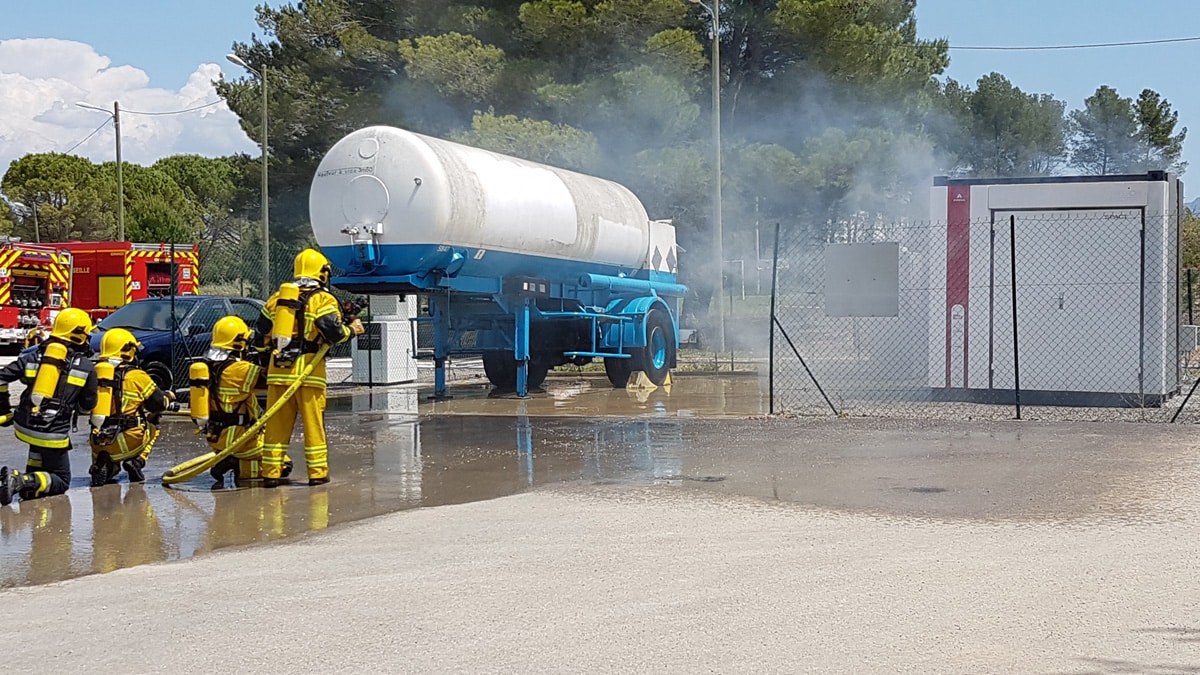



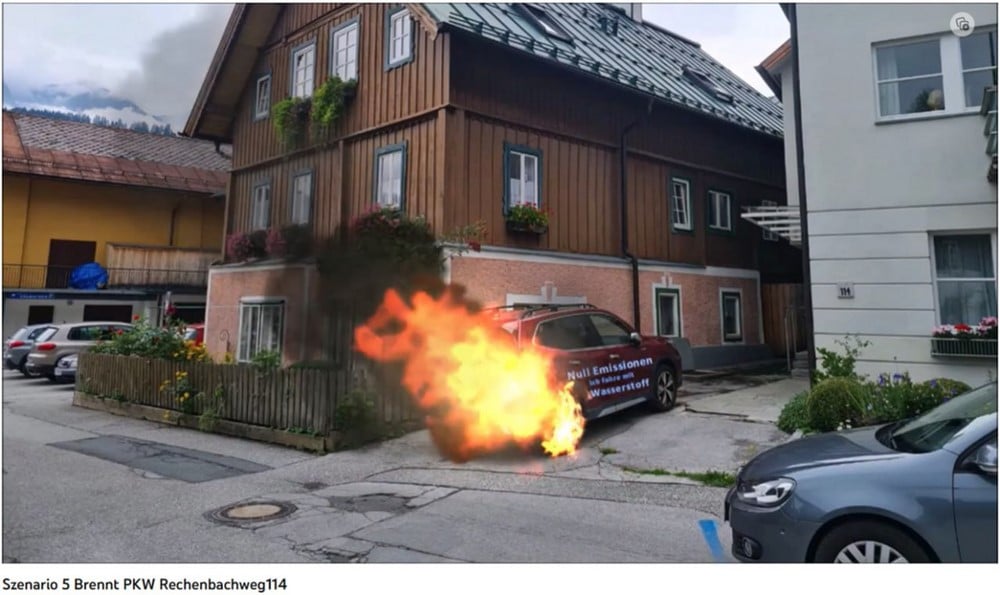
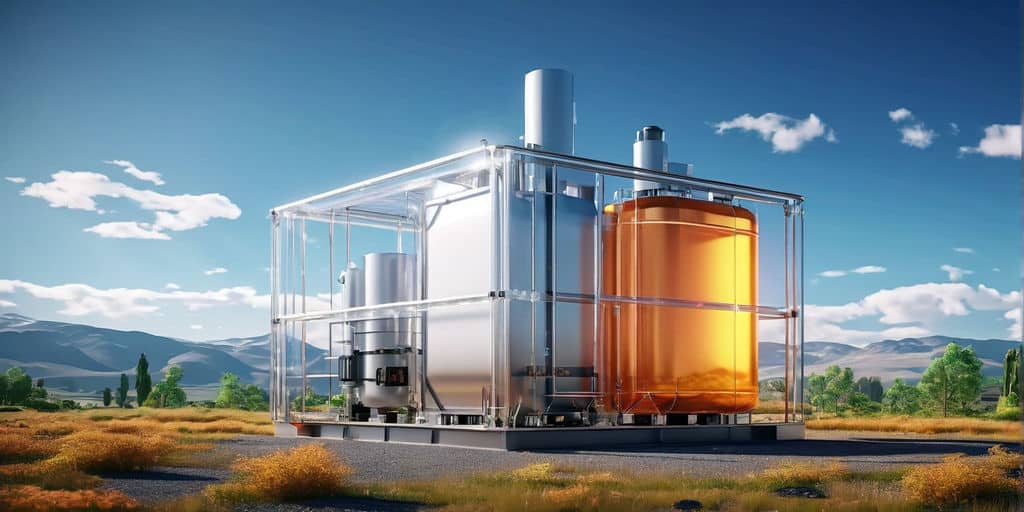

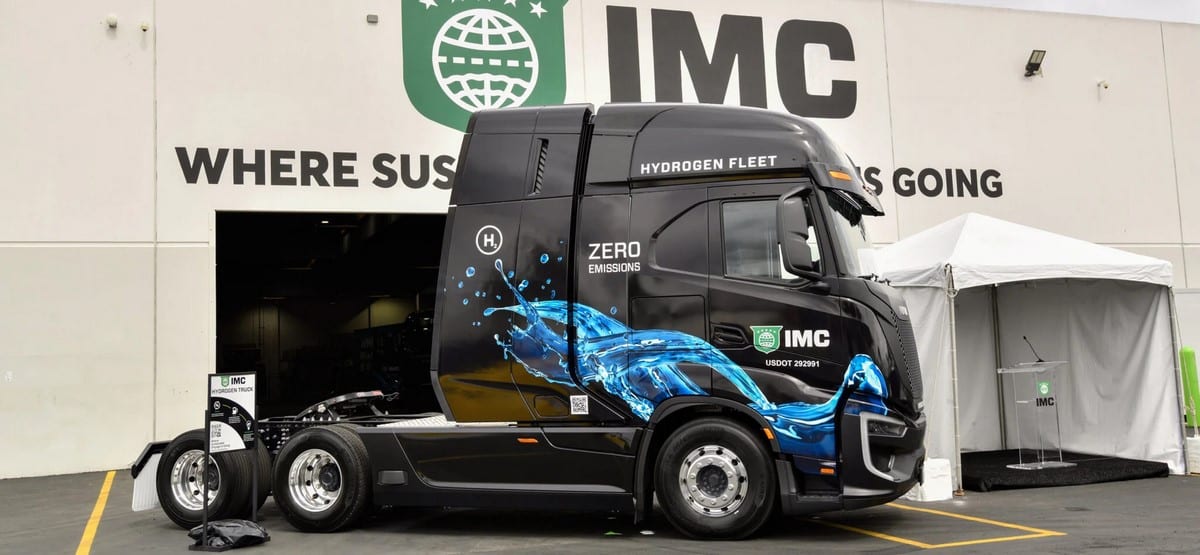





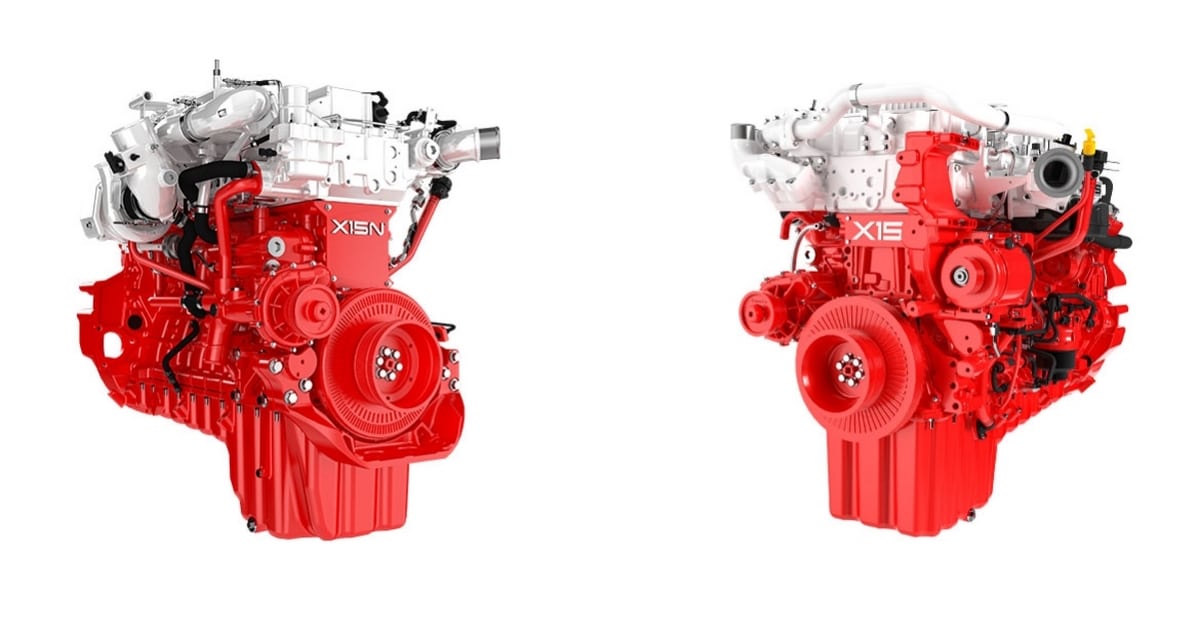







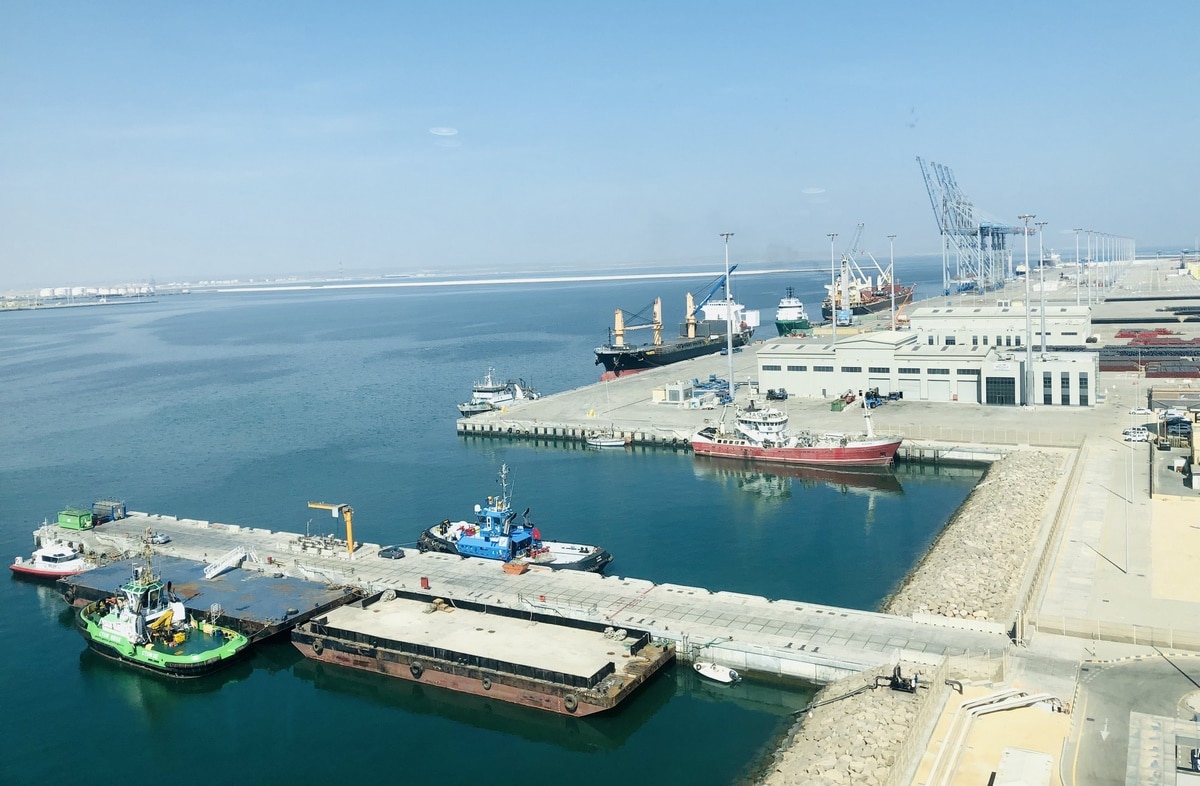



0 Comments
Trackbacks/Pingbacks